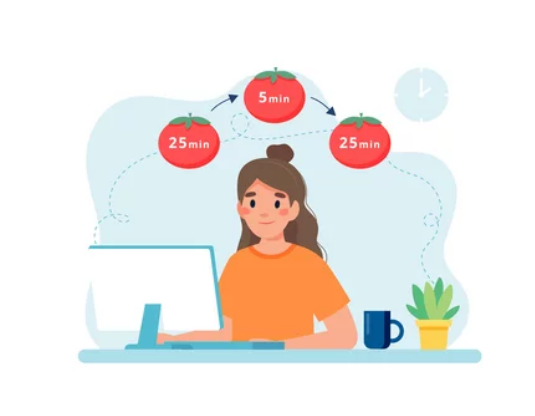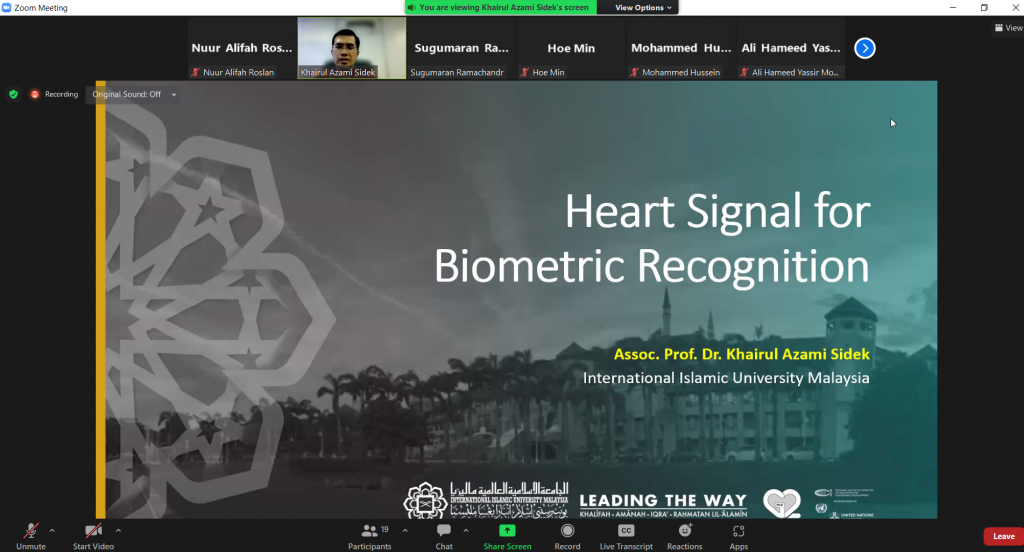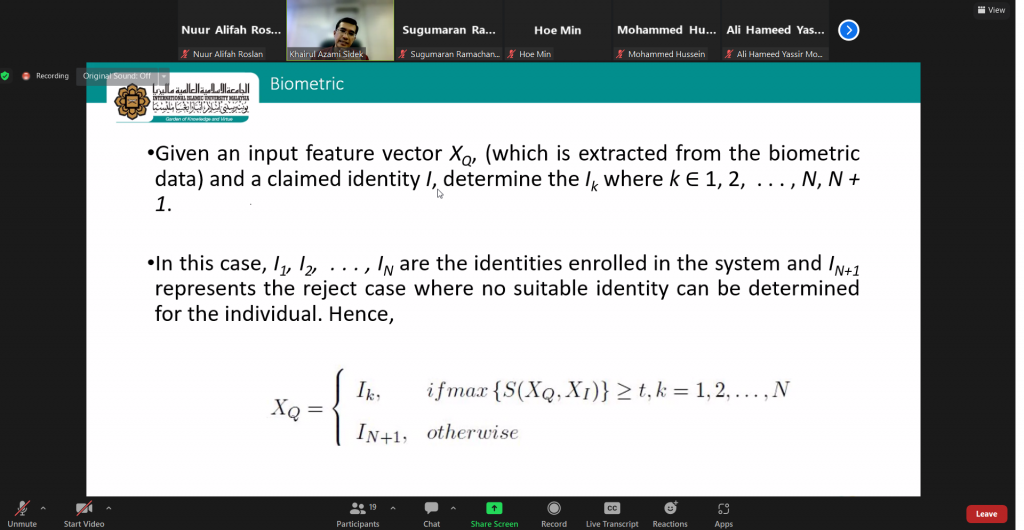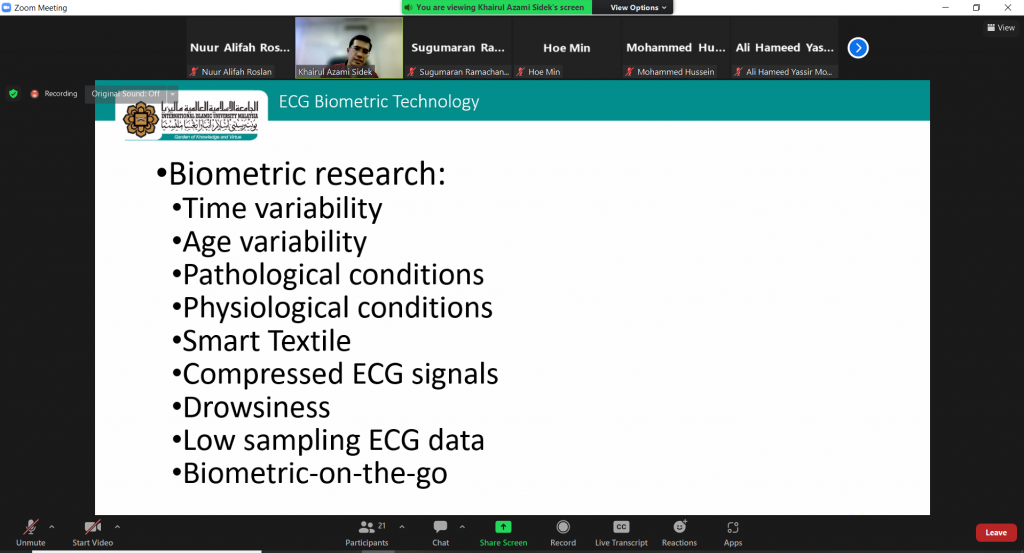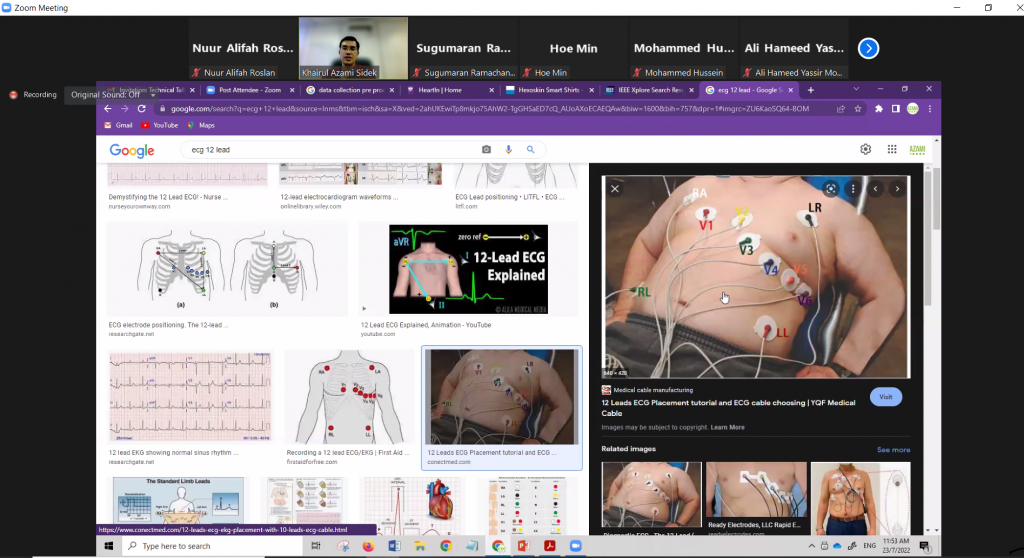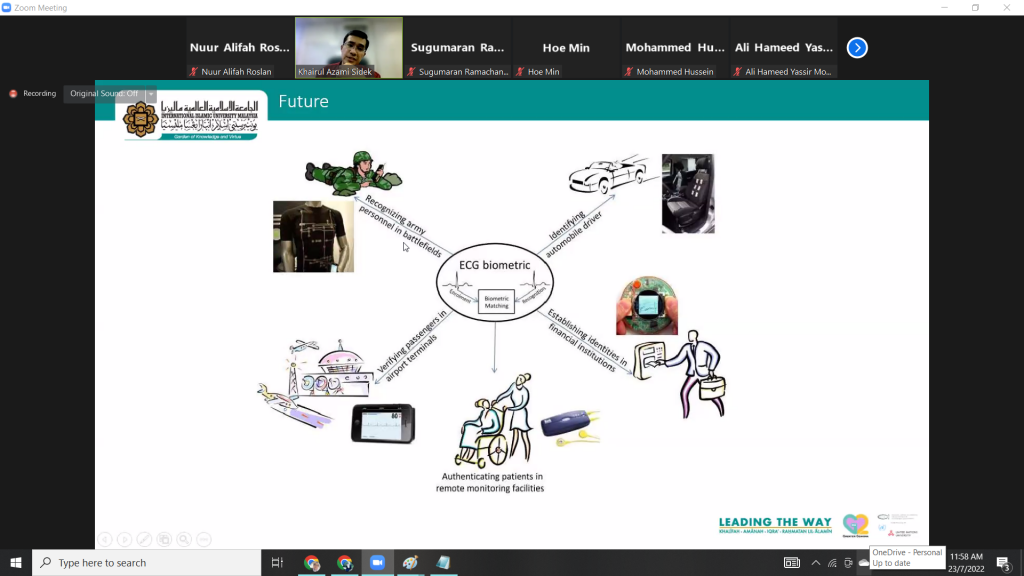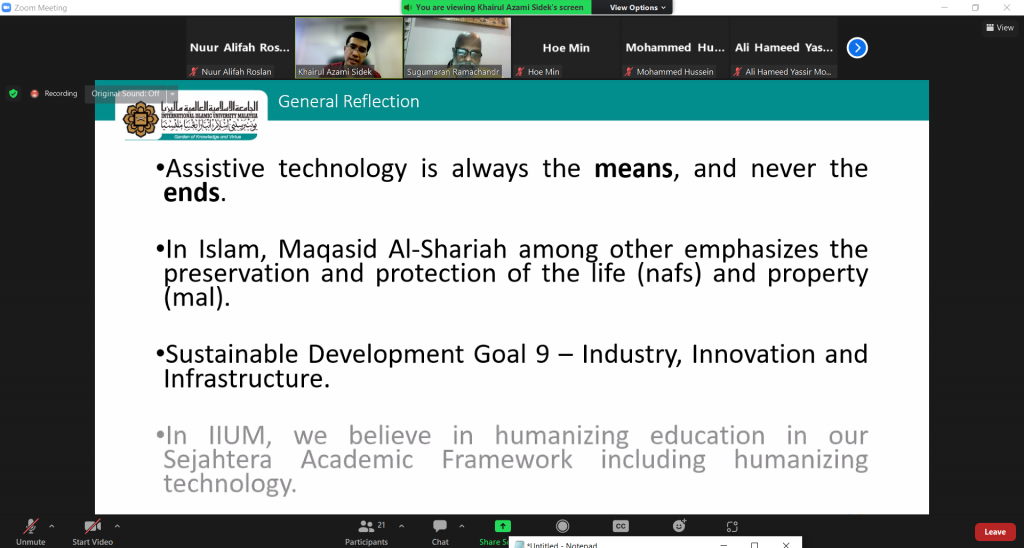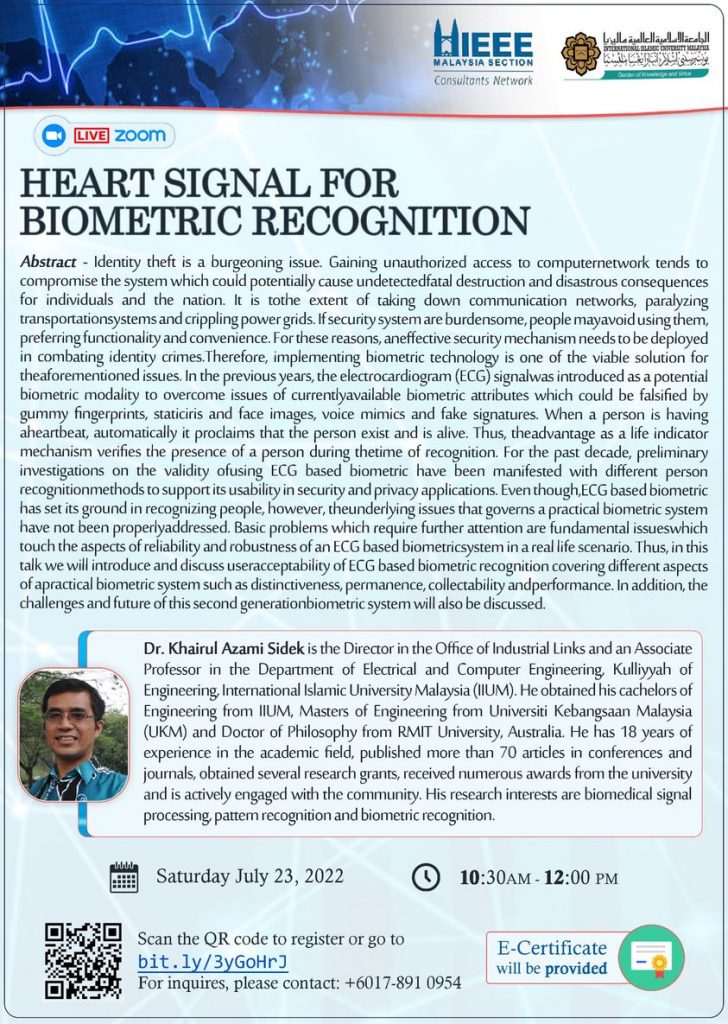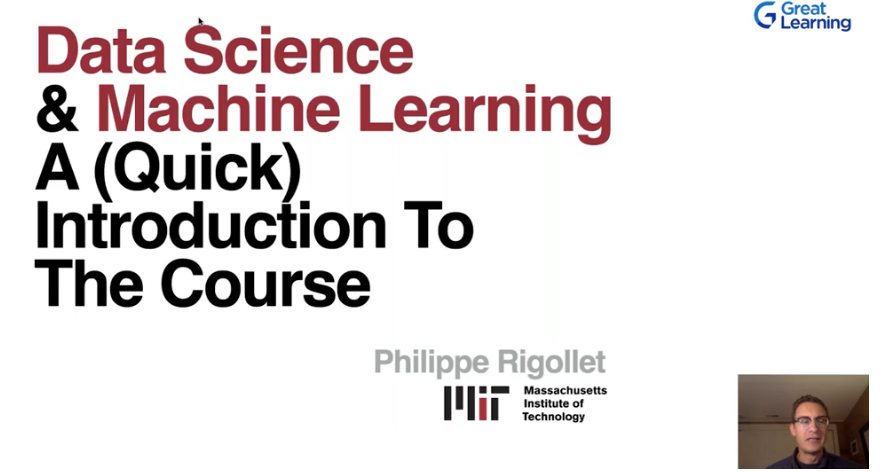Just a quick glance at some vivid memories from my undergraduate studies. There was a time when I did all the wrong things—yup! I was that student before.
The student who begins studying the day before Test 2 is busy with assignments from week 10 until week 14.
The student who is too “shy” to ask lecturer questions because she feels too scared to look dumb.
The one that sits in the library studying but spends most of the time on their phone… Let the time fly and regret later.
The one who passes the course but forgets everything they learned a week later.
The one that says, “This semester will be different,” but nothing changes.
It took me a while to figure out how to be a good student. But once I did, my grades and life improved. One of the main reasons for my improvement was a change in my study habits. Instead of simply passing tests, I studied to learn and understand.
Because if you understand something, you’ll remember it.
Here I share the strategies that will help you understand and remember what you study:
1.Ask What, Why, and How? Question everything: question your lecturer in class, question the material you read, and question yourself. By asking questions, your curiosity will force you to think deeply about a concept and analyse it. Then, it will lead and stimulate your brain to search for the answer. Currently, all information is just at the tips of your fingers. You can dig deeper and not only rely on the given material in your lecture. Be proactive!
2.Recall, recall, recall—there is no shortcut to digesting the information well. Constantly test yourself by doing practice questions and recalling answers. Repetition of this technique will help embed concepts and information in your mind. In this case, a night before the exam might not be enough for you to digest all the information. You need to strategize, chunk up your materials well, and be disciplined.
3.Take notes in your own words. Chat-GPT is currently the most popular application for students. However, did you realise that when you try to answer an exam question, you are stuck building your own words? You are blank? This is because you did not practice writing your own notes. Writing from your own understanding will force you to think about what you study in more depth. To write something complex in your own words requires a higher level of understanding.
4.Use mind-mapping– Using the bird-eye POV, draw a big picture of what you have learned. This technique helps you visually connect the main concepts of each topic and the entire subject as a whole.
Learn from the first principles and build from there; each subject will have its own fundamental principles. Once you understand those core principles, you can relate new material to them, making it much easier to understand.
If you realign your purpose of studies, then you will feel how hungry your brain will be seeking more information and knowledge. All of the above strategies require a full swing of discipline and willpower. Study to understand, and you won’t forget what you study. It’s not too late to restart and recharge, even though this is your final year.
Try the best and do the best. Always remember to keep on practicing, practicing, and practicing. Practice NOT makes perfect. Nothing will be perfect. Yet, Practice makes improvement.
Sincerely from your cute lecturer ~Adios!


